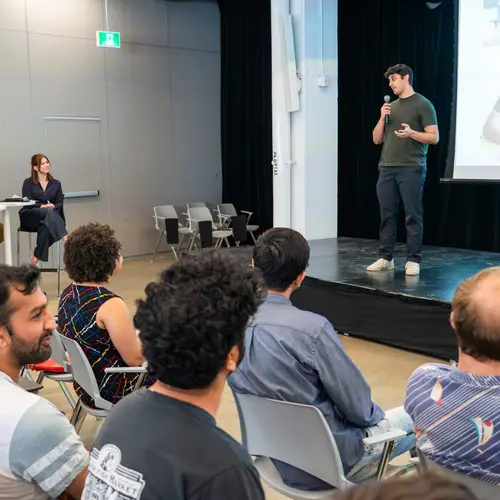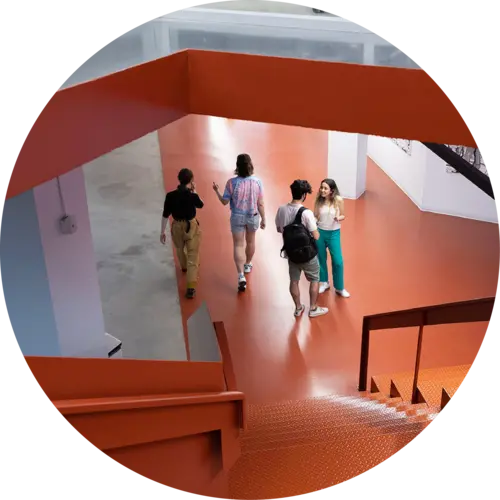
Pierre-Luc St-Charles
Biography
Pierre-Luc St-Charles is an applied researcher and developer specializing in machine learning and computer vision, with over a decade of experience bridging research and industry since 2011. He has held research roles at the Computer Research Institute of Montréal and senior research roles at Mila, collaborating extensively with industrial partners and multidisciplinary academic teams on innovative projects in natural resources, transportation, digital media, document intelligence, and earth observation. Pierre-Luc earned his PhD in Computer Vision from Polytechnique Montréal, receiving the departmental Best Thesis Award. Since 2024, he has joined LawZero, a Mila-incubated organization focused on developing safe AI technologies, underscoring his commitment to impactful and responsible AI innovation.


